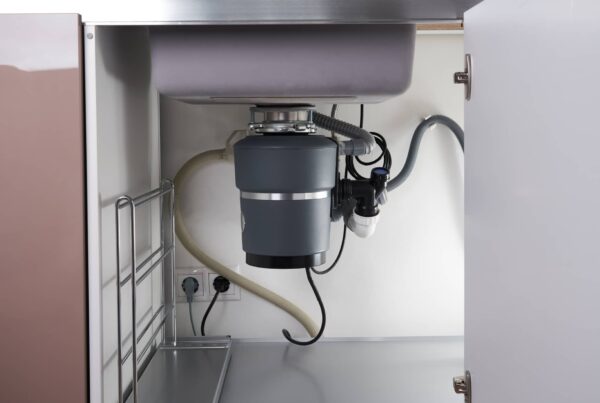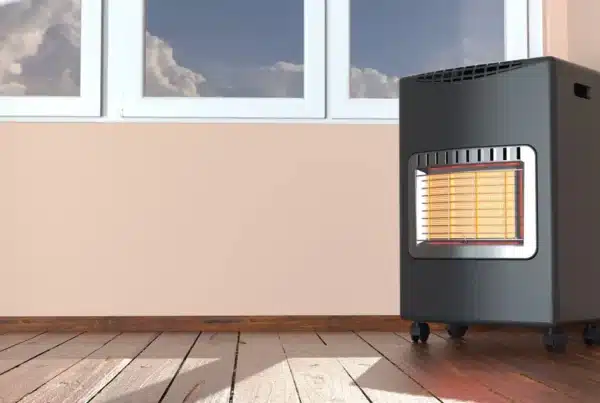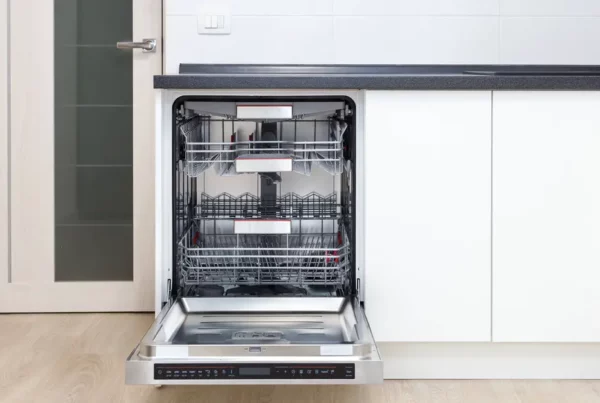
An Overview of Galvanized Steel Pipes/Plumbing
This type of plumbing was commonly installed in homes before the 1960’s. At the time, galvanized was seen as a savior to the plumbing industry since there were many concerns about lead-based plumbing systems. Lead pipes were commonly installed before galvanized steel pipes.
To present day, galvanized plumbing systems have reached their life expectancy since the insides begin to corrode. This can lead to leaks, rusted flakes in your water, or possible higher levels of lead in your water.
Identification
So if your home was built before 1960’s there is a chance you could have galvanized steel pipes. Here are different ways you can find out if you have a galvanized steel pipe:
- If your house was built before 1960’s…
- Look under your sinks, at your water heater, in your crawlspace for plumbing systems.
- Galvanized plumbing is in steel color, but it should look worn.
- The plumbing should also be attracted to a magnet.
- Check with your county’s/city’s permitting sites to see if your plumbing has been replaced.
You can also look at our blog post about Pex to rule this type out. The other types are copper, CPVC, and polybutylene.
Here’s a picture of what new galvanized plumbing should look like:

Issues with Galvanized Plumbing
Does galvanized steel contain lead?
In short, it is possible the plumbing can have lead contaminants in your water. The steel is layered in a Zinc compound to make it “galvanized”. This Zinc compound has been known to have some lead in it.
You can complete water testing to see if your water contains lead.
Water Leaks & Water Pressure
Due to interior corrosion and rusting the pipes, leaks can begin to develop. Here’s a picture of what that looks like:

The pipe itself may not look as rusted, it all depends on its exposure to the climate.
How can you tell if there are leaks?
If you do not see any signs of leaks by water stains, moisture damage, etc, you can check for a drop in water pressure.
This water pressure can be tested by turning one faucet. At initial activation of the faucet water pressure should be high, then the pressure should suddenly drop. This is due to water being built up, but dropping due to a leak. Check this out in action:
That video was provided by Structure Tech. A Minnesota based Home Inspection Company.
There is another way to check for leaks.
By shutting off all faucets, showers, laundry, and water appliances, there should no water movement within your home. Then, look at your water meter for movement. We have another blog about water leaks.
Rusted Flakes
Again, due to interior corrosion of a galvanized steel pipe, it is possible for pieces of metal and rusted flakes to appear in your water. This of course can be hazardous to your health.
To inspect for this, look for orange colors in your water. You may have to fill a tub or sink of water to see if you can see any orange flakes or discoloration.
Getting Insurance with Galvanized Steel Pipe
Another con of this type of plumbing is obtaining homeowners insurance. Many insurance companies will make your premium higher if you have this type of plumbing. Moreover, some may require you to replace it altogether.
It is best to discuss this with your insurance company if you are looking to purchase a house with galvanized plumbing.
Replacement & Costs
So at this point, you may be thinking you want to replace your galvanized steel. Also, you may be wondering about costs.
As far as replacement goes, I would recommend replacing it with pex. Most plumbers are going to be using this type of plumbing anyway. It is cheaper than copper and super easy to install.
The costs of removal and replacement of your plumbing distributions can be costly. On average, you can expect to pay from $3,000-$4,000, but this is totally dependent on your size of home and location.
Have more questions? Comment below and we will respond!



